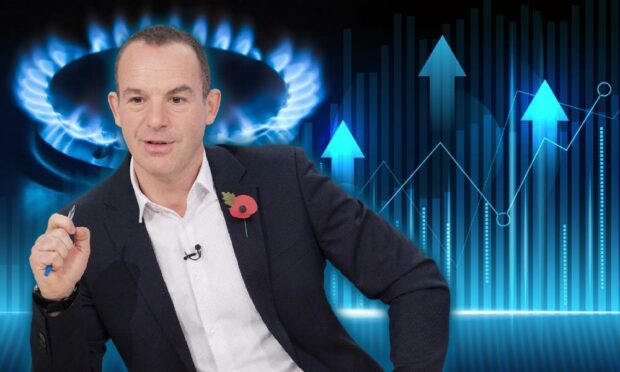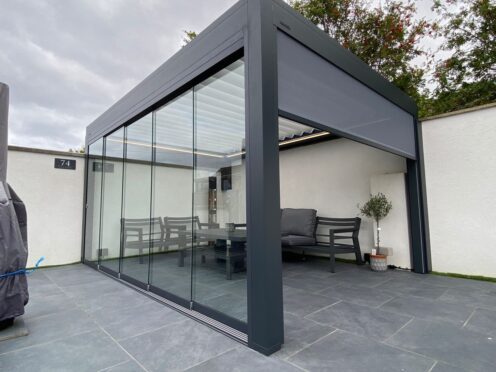Money saving expert Martin Lewis has issued advice on how to handle a rise in energy prices coming into effect in April.
It is predicted that the energy price cap rise could add an average of £600 per year to household energy bills.
It comes just months after consumers faced a hike in their energy costs driven by record gas prices.
What does the price cap rise mean?
The price cap is the maximum amount that energy providers can charge customers in Scotland, England and Wales for their default tariffs.
It applies to more than 60% of UK households.
It is calculated every six months and is based on wholesale energy prices, which have gone up in recent months.
Predictions suggest that the cap could rise by 51% come April, which could mean annual bills of £1,925 a year for typical use.
But other experts predict a hike of between 46% and 56%.
Writing on his Money Saving Expert website, Mr Lewis says that “it’ll likely hit pockets immediately, as even while April usage is lower, direct debits will be upped then based on annual usage”.
What advice is Martin Lewis offering?
Mr Lewis says that customers who are offered a fixed rate that is no more than 40% more expensive than their current price-capped tariff should consider switching.
But he says at the moment, the cheapest fixed rate available is an average of 56% more than the cap.
Mr Lewis says the issue is “complex” but in summary, his advice is that “most people should do nothing” – though he admits this does not offer any certainty.
He continued: “It looks like only a few edge cases should be looking at fixing right now.
“So if in doubt, just stick on today’s cheapest price – which is the cap. And to be plain, the 40% figure is my best guess, not firm.”
He says his advice is based on other assumptions including:
- Neither the government nor Ofgem change the methodology, market or levies on firms
- The October 2022 price cap will be similar to April’s – though some predictions suggest it could rise by another 20% in October
- It is calculated over the next year and does not look at longer-term fixes
Is it time to fix your energy bill or do nothing and stay on the price cap? With the cap set to rise 51% in April, here's my new analysis of what you should do… https://t.co/fuCr44Jy0Z
Feel free to share
— Martin Lewis (@MartinSLewis) January 5, 2022
Mr Lewis added: “This is a dreadful situation.
“If paying your bill is tough, check if you can claim the Warm Home Discount or an energy grant and talk to your supplier – you won’t have your supply cut off and it may be able to put you on a payment plan.”










